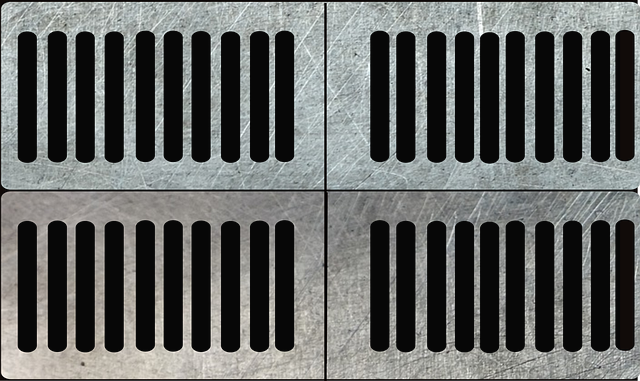Sewer line issues from clogs to structural damage require emergency repairs. Common problems include tree root intrusion, corrosion, and cracks. Regular maintenance like inspections, proper drainage, and avoiding grease can prevent these issues. The Sewer Line Repair Guide should cover these preventive measures. Early recognition of problems through persistent clogs or unusual odors is crucial. Professional plumbers use advanced techniques for repairs, saving time and money with regular inspections according to the Sewer Line Repair Guide.
“Avoid costly sewer line repairs with our comprehensive guide on preventing common issues. Understanding the potential problems lurking in your home’s plumbing system is the first step to maintaining smooth operations. This article delves into effective maintenance practices homeowners can employ to keep their sewer lines in top condition. From identifying red flags to learning when professional intervention is necessary, our guide offers practical tips for a seamless plumbing experience.”
- Understanding Common Sewer Line Issues
- Regular Maintenance Practices for Homeowners
- Professional Intervention: When and How to Call a Plumber
Understanding Common Sewer Line Issues

Sewer line issues can range from minor clogs to major structural damage, often requiring emergency sewer line repair. Understanding common problems is the first step in preventing costly repairs. One of the most frequent issues is tree root intrusion, where roots from nearby trees grow into and clog pipes. This occurs especially in older pipelines. Another widespread issue is pipe corrosion, which weakens the integrity of the sewer lines over time, leading to leaks and eventual breaks. Cracks and cracks in the pipes can also cause severe problems, allowing debris and even small animals to pass through and disrupt the flow.
Regular maintenance is key to averting these issues. A comprehensive sewer line repair guide should include steps like scheduling professional inspections at least once a year to identify potential problems early on. Preventive measures such as using drain covers to stop roots from entering pipes and avoiding disposing of grease, coffee grounds, or large food particles can significantly reduce the risk of clogs. Additionally, maintaining proper drainage around your property’s sewer lines can mitigate the effects of corrosion and other structural damage causes.
Regular Maintenance Practices for Homeowners

Regular maintenance practices are essential components of a comprehensive sewer line repair guide for homeowners. Preventive care can save significant time and money in the long run by avoiding costly and disruptive sewer line replacements. One key practice is scheduling regular inspections, during which professionals can identify potential issues before they escalate. Homeowners should also be diligent about clearing obstructions like grease, hair, and other debris from drains to prevent clogs.
Additionally, using enzyme-based drain cleaners and avoiding pouring harsh chemicals down the sink can help maintain the health of sewer lines. Regularly checking for leaks in pipes and addressing them promptly is another effective strategy. Property owners should also consider installing water softeners to mitigate the effects of mineral buildup, which can contribute to pipe corrosion and blockages.
Professional Intervention: When and How to Call a Plumber

While regular home maintenance can go a long way in preventing sewer line problems, there may come a time when professional intervention is necessary. Recognizing the signs of a sewer line issue early on is crucial for minimizing damage and costly repairs. If you notice persistent clogs, unusual odours, or slow-moving drains, it’s time to call a plumber.
A qualified plumber can inspect your sewer lines using advanced techniques like camera surveillance to identify blockages, cracks, or leaks accurately. They possess the tools and expertise to perform minor repairs, replace damaged sections of pipe, or even reinstall entire segments if needed. Regular professional inspections as part of your Sewer Line Repair Guide can help catch potential problems before they escalate into major crises, saving you time, money, and inconvenience.
By understanding common sewer line issues and implementing regular maintenance practices, homeowners can significantly reduce the risk of major repairs. Regular inspection, cleaning, and protection against tree root intrusion are key preventive measures. While professional intervention may be necessary for more severe problems, proactive care can save time, money, and potential environmental damage. This Sewer Line Repair Guide equips folks with the knowledge to keep their plumbing systems running smoothly and efficiently.
